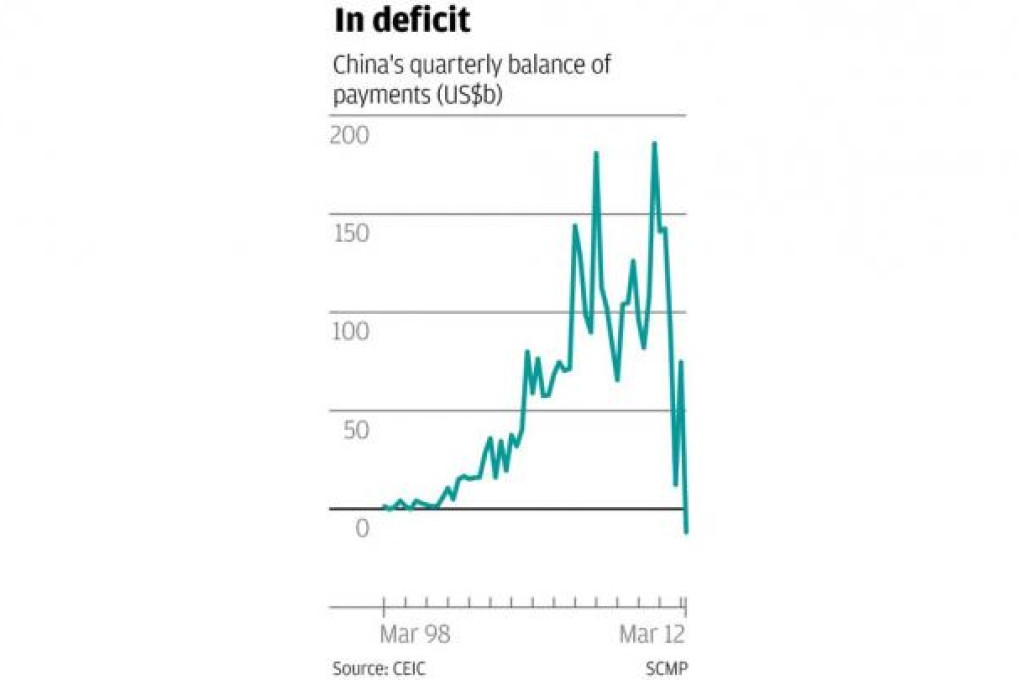Monitor | Warning: quantitative easing could end up causing deflation
Printing money doesn't necessarily fuel inflation, especially when people are paying down debt and banks are reluctant to create new credit

On Monday Monitor looked at the argument that holds that the real purpose of the Federal Reserve's latest exercise in printing money is to pump some inflation into the US economy.
The idea is that rapidly rising prices would shrink debt levels relative to nominal output and encourage consumers to go out and spend before things get more expensive.
It sounds like a high risk strategy. Any talk of printing money inevitably conjures up images of 1923, when price rises got so out of control that the good burghers of Weimar Germany had to wheel barrows loaded with bundles of million-mark notes to the local baker's just to buy a loaf of bread.
That's the most infamous incidence of hyperinflation, but there have been plenty more. In 1949, runaway price rises forced China to print a six-billion-yuan note, while in 2006 Zimbabwe issued a 100-trillion-dollar note.
But as the Fed has discovered, printing money doesn't necessarily fuel inflation, especially in an environment in which consumers are paying down debt and banks are reluctant to create new credit.
Hence the belief of hedge fund manager James Rickards that the true objective of the Fed's latest round of quantitative easing is to force a real appreciation of the yuan.
